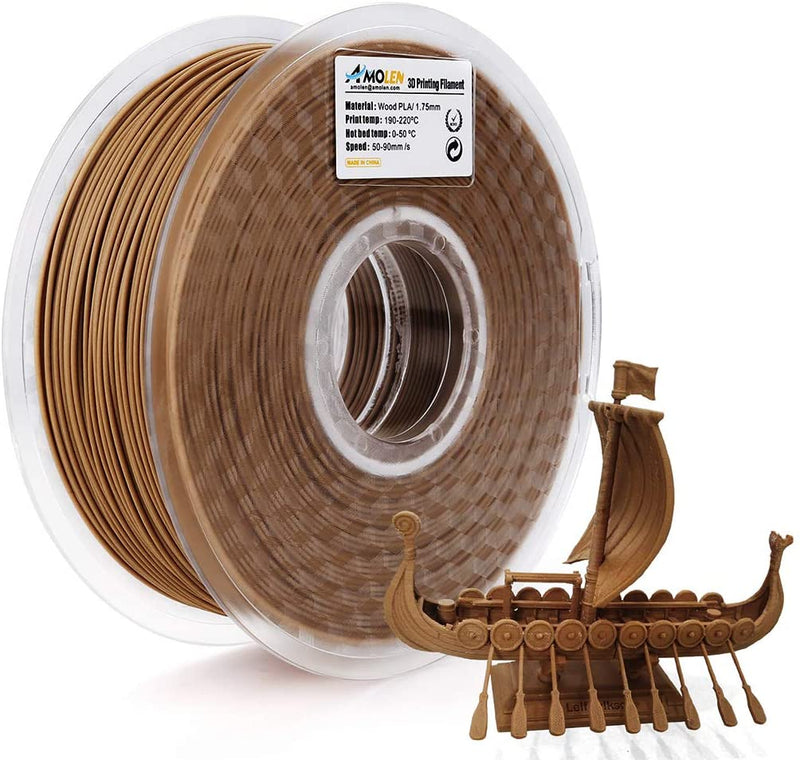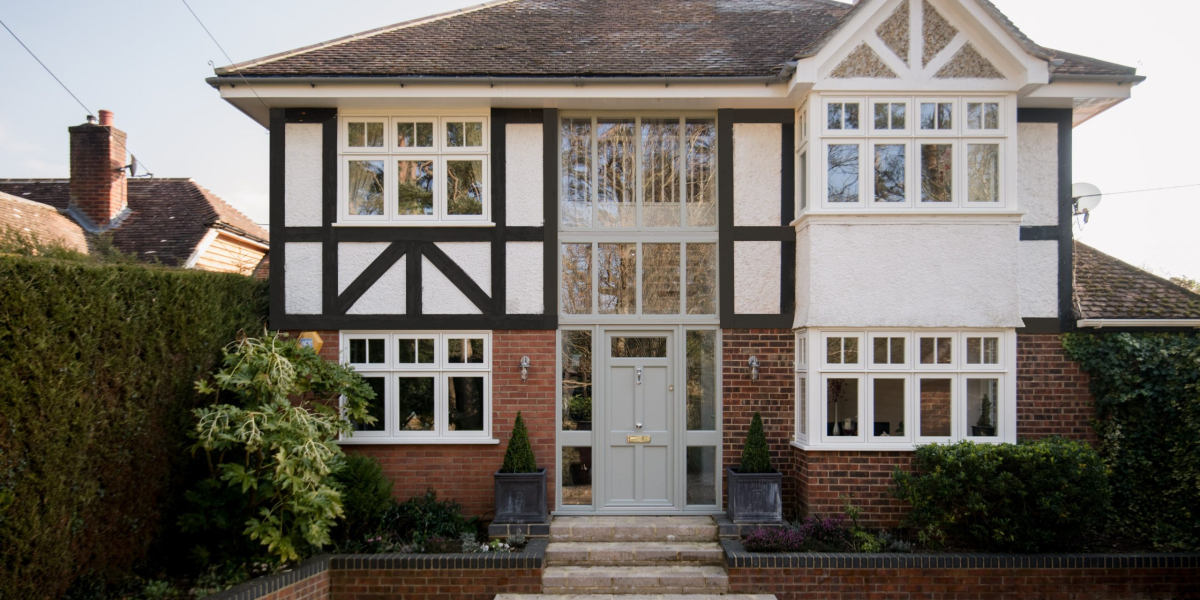Unlock the Secrets of Choosing the Perfect Wood 3D Filament!
Wood 3D filament has emerged as a popular choice among 3D printing enthusiasts and professionals alike, thanks to its unique blend of aesthetics and functionality. Unlike traditional filaments made from plastics, wood filament contains real wood fibers, giving printed objects a distinctive texture and appearance that closely resembles natural wood. This not only enhances the visual appeal of 3D printed items but also opens up a wide range of creative possibilities. In this article, we aim to guide you through the exciting world of wood 3D filament, helping you make informed decisions when considering options from various sellers. Whether you are a seasoned 3D printer or a curious beginner, understanding the nuances of wood filament can significantly enhance your 3D printing experience.

Understanding Wood 3D Filament
Wood 3D filament is a composite material that blends thermoplastic polymers, such as PLA, with finely ground wood particles. This combination creates a filament that can be printed like any other plastic, while also providing the unique aesthetic qualities of wood. Typically, the filament is produced through a process that combines wood fibers with a binding agent, resulting in a material that is not only easy to work with but also eco-friendly, as it incorporates natural materials. Most FDM (Fused Deposition Modeling) printers can use wood filaments, though it's essential to ensure that your printer is equipped with a nozzle that can handle the potential abrasiveness of wood particles. Additionally, the ecological benefits of using wood-based materials cannot be overlooked, as they often contribute to a reduction in plastic waste, making them a more sustainable choice for environmentally conscious makers.
Factors to Consider When Choosing Wood 3D Filament
When selecting wood 3D filament, several critical factors come into play. Printability is paramount; some filaments are easier to work with than others, affecting the success rate of your prints. Texture is another vital consideration; wood filaments can mimic various wood types, such as pine, walnut, or cherry, each offering a unique finish. Color options also vary, and some filaments are dyed to provide a broader palette, which can be essential for artistic projects. Durability is crucial, especially if you plan to create functional parts that will endure wear and tear. Understanding how these factors affect the final product can make a significant difference in your 3D printing journey. For instance, a friend of mine experimented with different wood filaments for a series of decorative coasters and found that the filament's texture and finish were critical in achieving the desired look. The right choice enabled her to produce stunning, wooden-looking pieces that were both beautiful and functional.
Comparing Options from Various Sellers
As the market for wood 3D filament continues to grow, it's essential to compare options from various sellers to find the best fit for your needs. Start by examining the material sourcing; reputable sellers usually provide transparency about where their wood fibers are sourced, ensuring quality and sustainability. Next, consider quality assurance processes; look for sellers who conduct rigorous testing to guarantee that their filaments meet industry standards. Customer reviews can offer insights into the experiences of other users, helping you gauge the reliability of the filament. When evaluating seller credibility, it's beneficial to check their presence in the 3D printing community and whether they engage with customers through forums or social media. It's also helpful to reach out to fellow hobbyists or friends who have tried different wood filaments; their personal experiences can guide you in making an informed choice.
Common Applications of Wood 3D Filament
Wood 3D filament is particularly effective for a variety of applications, making it a favorite among makers and artists. Decorative items, such as vases, sculptures, and intricate designs, benefit from the natural look and feel of wood filament. Prototyping is another area where wood filament shines, enabling designers to create models that resemble the final product closely. Additionally, functional parts, like handles and knobs, can be printed using wood filament, offering both functionality and an appealing aesthetic. For artistic projects, the ability to sand and paint wood filament opens up endless possibilities for customization. A friend of mine once crafted a stunning wooden clock using wood filament, showcasing not only the material's versatility but also its capability to blend seamlessly with various design elements.
Key Takeaways on Wood 3D Filament
In conclusion, selecting the right wood 3D filament requires careful consideration of various factors, including printability, texture, and durability. By understanding these elements and comparing options from different sellers, you can make informed choices that will enhance your 3D printing experience. Remember, the world of wood filament is vast and full of potential, so take the time to explore your options and experiment with this unique material. Whether you're crafting decorative items, prototypes, or functional designs, wood 3D filament offers the chance to create beautiful, one-of-a-kind pieces that stand out. So, get ready to unleash your creativity and dive into the wonderful world of wood filaments in your next 3D printing project!








